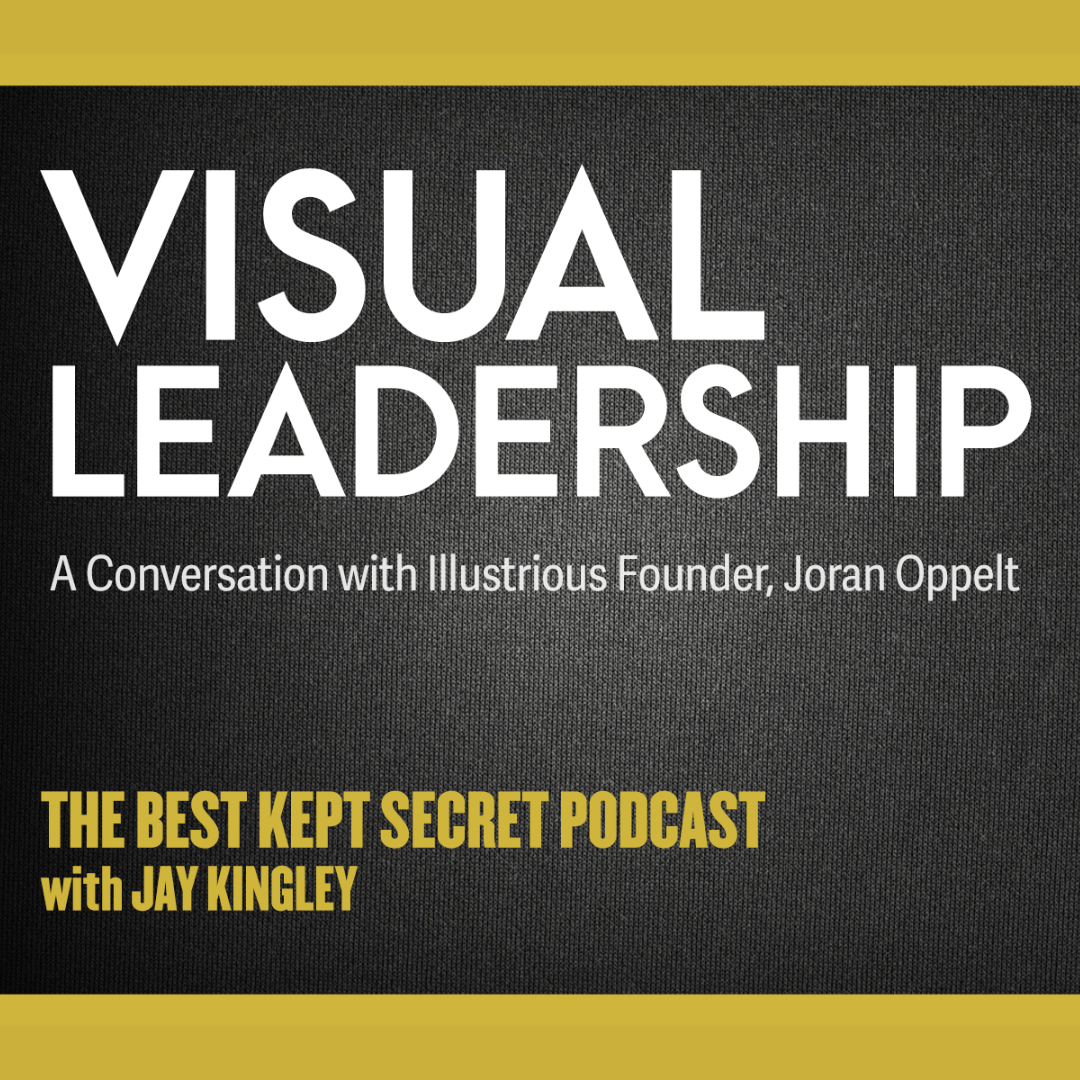|
"The Emotional Side of Change" Excerpt from The Best Kept Secret Podcast (Part 4/8) Jay: When we talk about leadership, one of the things that leaders have to do is lead their teams and their organizations from where they are to where they're trying to get to. One of the things we know is that change is hard. I think human beings are wired to resist change. So I want you to comment on the perspective of, “I'm the leader of a business unit or an entire company. I'm hearing what you're telling me that I ought to make things more effective, and that requires me to change.” Can you talk about the emotional side? If I'm that leader who's got to green light everything moving forward in the business, where am I starting from and where am I gonna end up? Joran: Change begins with becoming self-aware. For any leader who all of a sudden has the insight or the reflection, “Oh, this is on me; I need to change; There's something in my habits or my behavior or my routine that needs to shift, that needs to be rethought,” there are a couple of ways they can do that. First, Michael Bungay Stanier talks about it in The Coaching Habit. The steps to changing and creating new habits. Instead of doing a certain thing when another certain thing happens. You say, “When (blank) happens, instead of “X”, I will “Y” And then you work that like a muscle. You're not gonna get it right the first time. It takes time and it takes work. But it is like a muscle and everybody benefits. The benefits for you at the end are that you're leading from the bottom of the pyramid. If you do it right, you are now confident in the entire stakeholder team and you stop to “paint done” for them. You have been explicitly detailed with your vision and your expectations, and you've set them up to get those results. And you shouldn’t care how they get those results. You should focus on the what and the why. Have faith and confidence in your team. That alone can be liberating as a leader. Because as a CEO or as a founder, you stay awake nights thinking, “Are they going to build the thing I want to build?” You just doubt, doubt, doubt. Like we talked about earlier, having the clarity and wisdom to know the difference between what is a short-term project that's going to fire the team up – inspire them, motivate them, incentivize them – versus long-term thinking and major investments. There's wisdom and clarity that comes with that. The strength and speed of your visual vocabulary can make you feel like a superhero all of a sudden. You can communicate faster and more clearly to more people. There's a strength and a confidence that comes with developing and nurturing visual thinking, not only in yourself, but in your team. Jay: It reminds me of when the team really gels and really begins to perform. I like your analogy. You're leading from the bottom of the pyramid. I think what you get is what I'll call the Proud Mama or Proud Papa Syndrome. It just really fills you up with pride and joy in what others are achieving – knowing that you had something to do with giving them the space and creating the environment that allowed them to flourish. Learn more by scheduling a free discovery session with Joran Oppelt:
https://calendly.com/joranslane/30min
0 Comments
Your comment will be posted after it is approved.
Leave a Reply. |
Details
ABOUT THE AuthorJoran Slane Oppelt is an international speaker, author and consultant with certifications in coaching, storytelling, design thinking and virtual facilitation. Archives
March 2024
Categories
All
|


 RSS Feed
RSS Feed